25 Queer Films That Emerged From the Sundance Film Festival
- Oops!Something went wrong.Please try again later.
- Oops!Something went wrong.Please try again later.
- Oops!Something went wrong.Please try again later.
- Oops!Something went wrong.Please try again later.
- Oops!Something went wrong.Please try again later.
- Oops!Something went wrong.Please try again later.
- Oops!Something went wrong.Please try again later.

Many of the most important queer films in cinema history share a birthplace: the Sundance Film Festival. Organized by the Sundance Institute, the legendary annual fest in Park City, Utah, has boasted international and U.S. premiere titles as varied as the groundbreaking New York ballroom documentary Paris Is Burning in 1991, Donna Deitch’s 1985 lesbian road drama Desert Hearts or even recent masterworks like Luca Guadagnino’s 2017 adaptation of Call Me by Your Name.
The Hollywood Reporter spoke with Kim Yutani, director of programming at Sundance, about some of the most important LGBTQIA+ films to debut there.
More from The Hollywood Reporter
How ND Stevenson Created the Healing, "Punk-Rock" Tale of Netflix's 'Nimona'
Brandi Carlile, Adam Lambert and Ciara Among Those Set to Perform at "Can't Cancel Pride 2023"
“Seeing the films that Sundance has programmed over the years, especially around the early 1990s with the New Queer Wave, that was what attracted me to Sundance,” says Yutani, who’s been working with the festival for 17 years, and has also worked in various positions within the film industry, like as Gregg Araki’s assistant on The Doom Generation. “Sundance occupies a very meaningful place for me in terms of queer cinema. To be in a position now to discover new talent, to give a showcase to new filmmakers, is just a dream come true for me.:
Below, THR shares 25 of Sundance’s most important contributions to queer cinema.
The Times of Harvey Milk (1985)
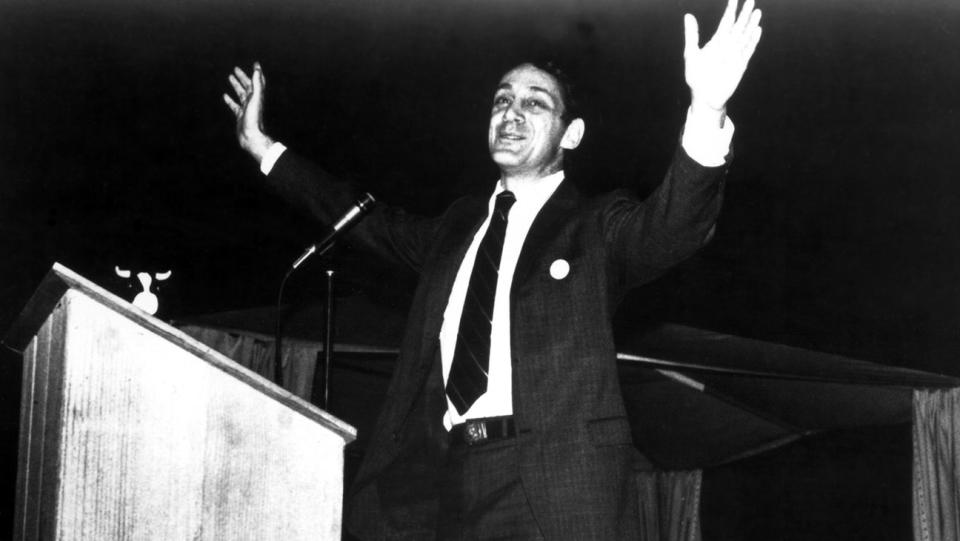
“Something like The Times of Harvey Milk, which was such an emotional documentary to see — and same with Before Stonewall — I think both of these films really opened up seeing LGBT history onscreen, and those two films in particular are considered classics,” says Yutani of Rob Epstein’s 1985 documentary chronicling the life and career of San Francisco’s first openly gay elected city supervisor. “I hope younger audiences still continue to see them,” Yutani continues. “The Times of Harvey Milk is one that people never tire of seeing because it is such an important moment in queer history. And Rob Epstein is an amazing filmmaker.” Epstein has been both a Fellow and an Advisor with the Sundance Institute, and has had eight films premiere at the festival.
Before Stonewall (1985)
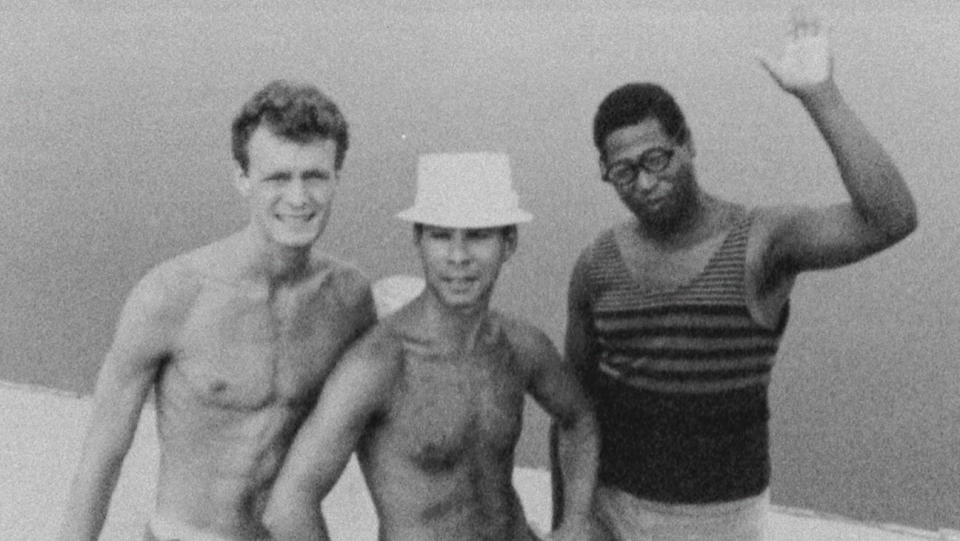
Schiller’s Before Stonewall: The Making of A Gay and Lesbian Community made its U.S. premiere at Sundance. As the title suggests, it traces the history of the LGBTQ community in the leadup to the infamous 1969 Stonewall Riots in New York City, which are widely considered to be one of the most important events in the fight for modern queer rights. It went on to win two Emmys and prompted a 1999 sequel documentary about the decades after the riots, aptly titled After Stonewall.
Parting Glances (1986)
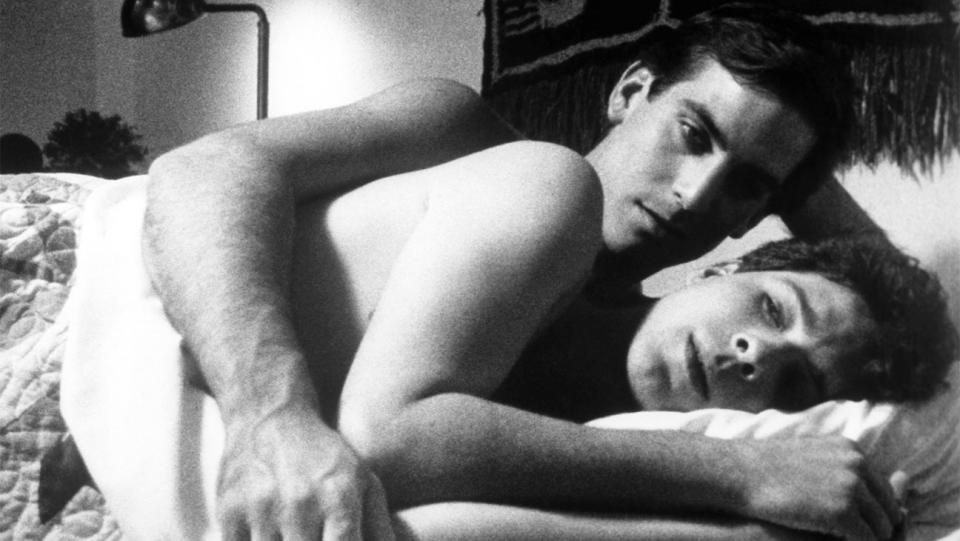
Bill Sherwood’s Parting Glances follows a gay long-distance couple and their group of friends in Manhattan during the height of the AIDS crisis. “Steve Buscemi in Parting Glances changed my life,” says Yutani. “I had never seen him before, in a movie. Parting Glances was such an important film that captured a specific kind of experience during the AIDS crisis, but it was also just seeing a group of friends in New York on screen, in that way — that was the first time I really saw that in a feature film.”
Desert Hearts (1986)
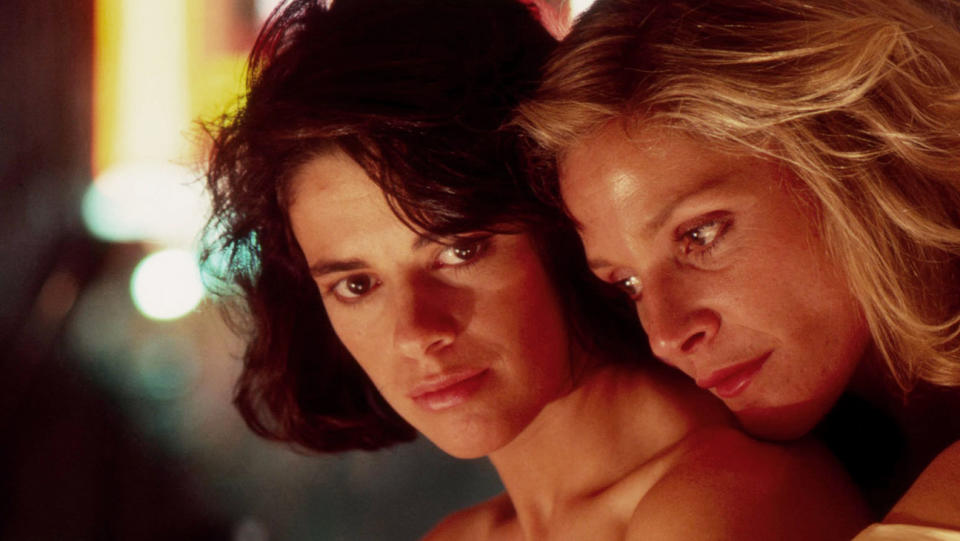
Donna Deitch’s Desert Hearts, about a literary professor going through a divorce and the young female artist who seduces her, is one of the most beloved queer films of all time, as Yutani aptly explains: “I mean, Desert Hearts is a lesbian classic,” she says. “Like, every lesbian I know has seen this film. And not only once, but many times. It’s one of these important films that change LGBT film history.” At the 1986 Sundance it was awarded a Special Jury Prize.
Longtime Companion (1990)
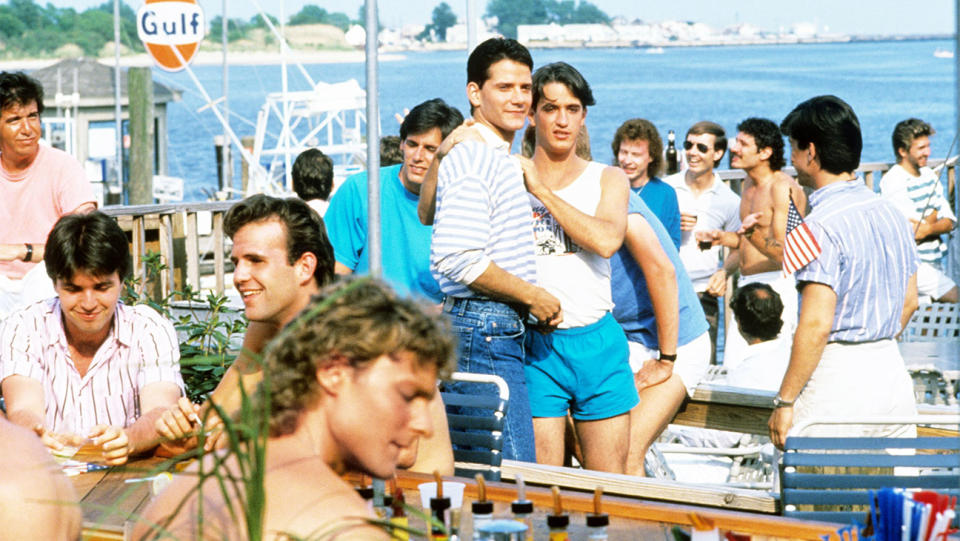
Norman René’s romantic drama was the first theatrical wide-release film in the US to deal with the subject of AIDS. “That was a film that I remember seeing in theatrical release, and it was a big deal. And just an emotional watch,” Yutani says. The title is a nod to how a New York Times article written around that time referred to an AIDS victim’s surviving lover as a “longtime companion.” The film starred Bruce Davidson, Campbell Scott, Patrick Cassidy, and Mary-Louise Parker.
Paris Is Burning (1991)
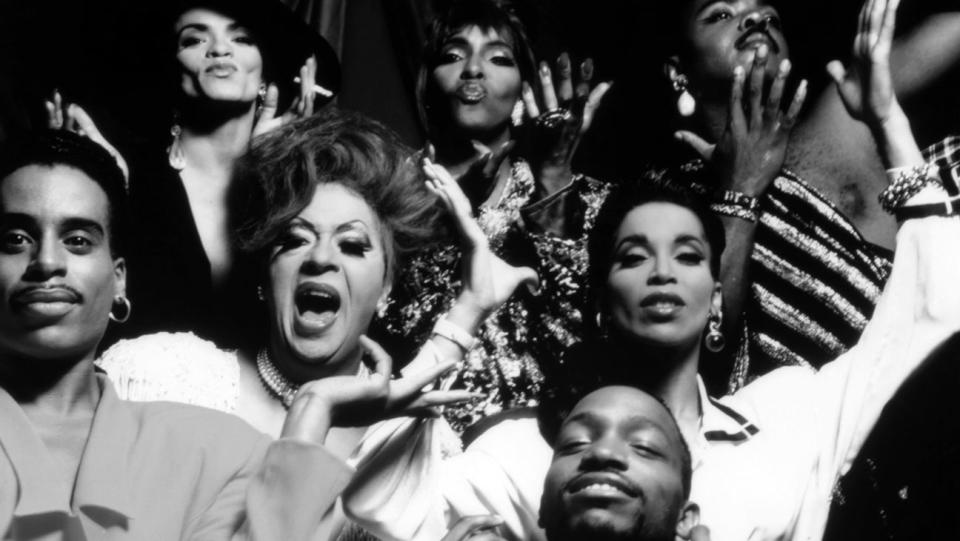
Widely regarded as one of the greatest documentaries ever made, Paris Is Burning shines a camera on New York’s ballroom scene in the late 20th century, and the different Houses of performers that created families for LGBTQ, and specifically trans, artists and dancers. “When you see films at the time, you don’t know the kind of lasting impact they will have,” Yutani muses. “Paris Is Burning is a film that, as far as programmers go, every generation of programmers has embraced.”
Poison (1991)
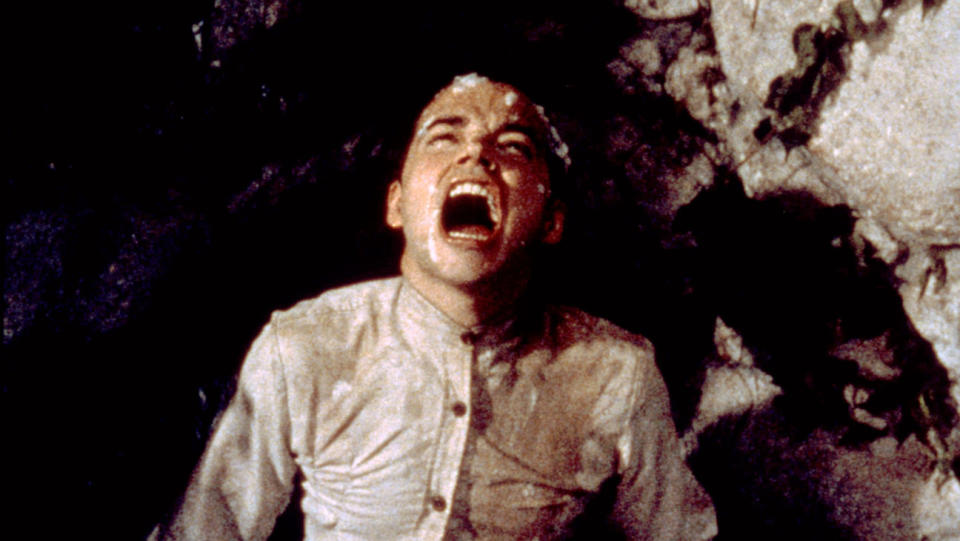
Haynes’ Poison is a science fiction drama composed of three distinct short stories, loosely inspired by the writing of novelist Jean Genet. It won the Grand Jury Prize when it premiered at Sundance in 1991. “Todd Haynes is a master, and I think that you could see that from a film like Poison that is just so singular,” says Yutani, “And then a film like Safe, which is a film that I saw at my first Sundance, was such an early indication of of the type of filmmaker that he would become.”
The Living End (1992)
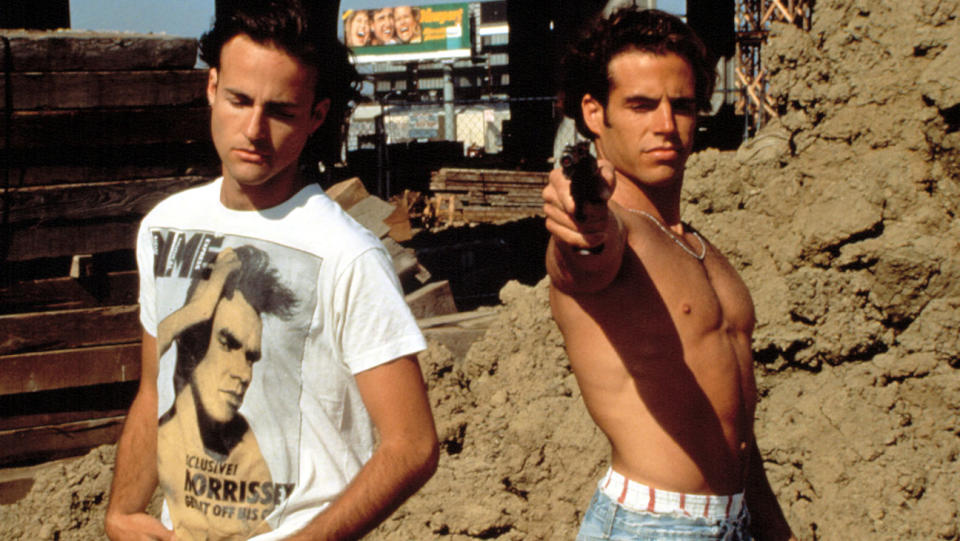
Araki’s 1992 dramedy follows two HIV-positive men, one an untethered nomad and the other a cynical film critic, as they flee on a road trip after killing a homophobic cop. “I think all of Gregg’s work is so radical, and to see that kind of anger on screen, those characters who are really disenfranchised, and for those to be your protagonists as you go through this film, and this road movie with its various peculiar landscapes, it continues to be a film that astonishes me,” says Yutani. “I think that’s the case with all of Gregg’s work — the type of film that is coming from a personal, emotional place, I think [that] has such lasting power.” Araki has had a long relationship with Sundance, having served as an advisor for the Institute in both the Screenwriting and Directing Fellowships in recent years, as well as a juror and panelist multiple times.
Go Fish (1994)
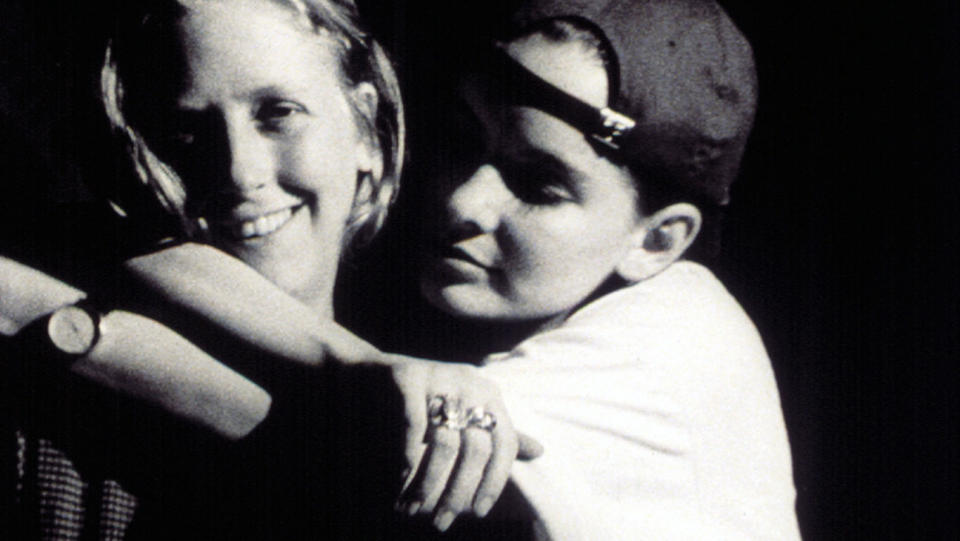
“Go Fish is just the most charming, scrappy, black and white film about a group of lesbians in Chicago,” per Yutani’s description. “They are enveloped in their own subculture. And then it’s also a girl-meets-girl story. It’s a comedy, it’s also romantic and fun and sexy.” The film was written by Guinevere Turner and Rose Troche, launching the careers of both. Troche came through the Sundance Institute as both a Fellow and an Advisor.
Bound (1996)
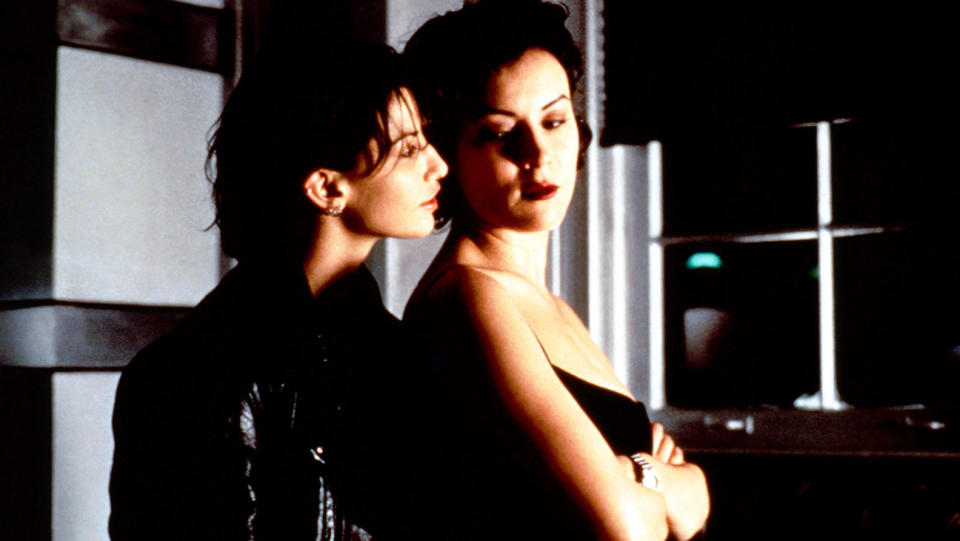
Before The Matrix, The Wachowskis made their feature film debut with Bound, starring Jennifer Tilly as a woman entering into a lesbian affair and making plans to steal money from her Mafioso boyfriend. “The mission of Sundance programming has never changed over the years: we have always looked for fresh voices, fresh points of view, filmmakers who are innovative and are telling stories that we haven’t seen on screen before. We’re naturally drawn to filmmakers who see the world in a different way,” notes Yukani. “You can look at a film like Bound, for instance, that can be seen as a more of a genre film, but it also has a different way into that story.”
The Celluloid Closet (1996)
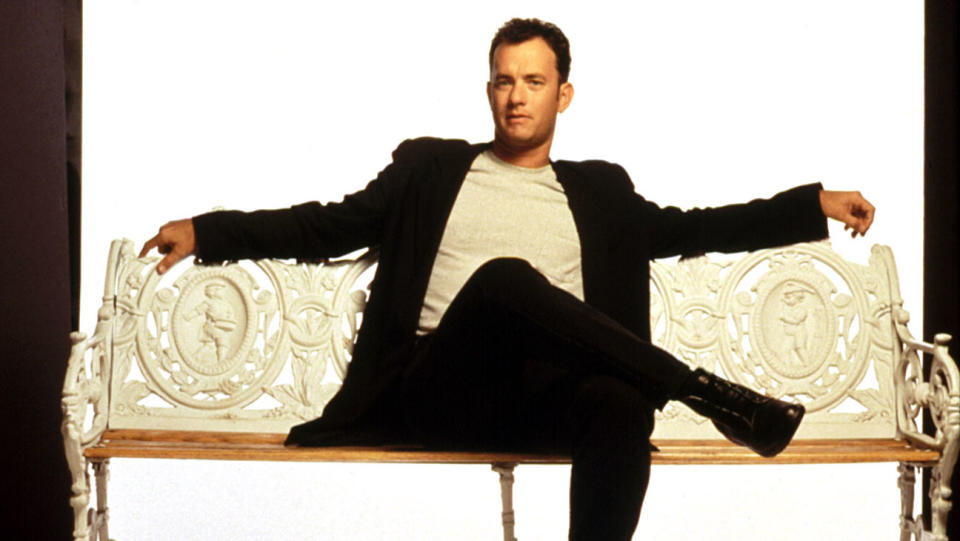
Adapted from Vito Russo’s 1981 book, The Celluloid Closet: Homosexuality in the Movies, is about how gay, lesbian, bisexual and transgender characters had been portrayed in film up to that point. “I think The Celluloid Closet is such a seminal book in so many people’s collection,” argues Yutani. “[Directors] Rob and Jeffrey did an incredible job of really bringing that book to screen, and incorporating LGBT film history in this particular documentary.” Both directors have served as Sundance jurors and have longstanding relationships with the festival.
High Art (1998)
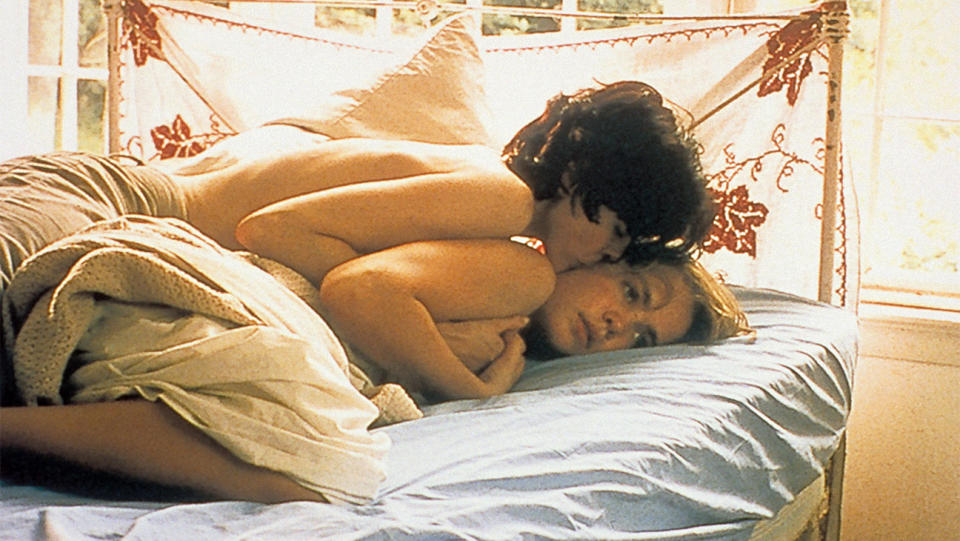
Cholodenko’s feature debut follows Rahda Mitchell’s Syd, a young woman working for a photography magazine who is drawn into the glamorous rock-and-roll lifestyle of her upstairs photographer neighbor Lucy (Aly Sheedy). It won the Waldo Salt Screenwriting Prize when it debuted at Sundance in 1998. “I think I’m drawn to this particular film because of the multi-dimensionality of the characters,” says Yutani. “You are seeing characters who are not particularly likable on screen. The performances are incredible. Patricia Clarkson plays a kind of Fassbinder-esque character. To me, it’s one of the greatest films about lesbians on screen.” Cholodenko has multiple times worked as an advisor for the Sundance Screenwriting Lab.
Boys Don’t Cry (1999)
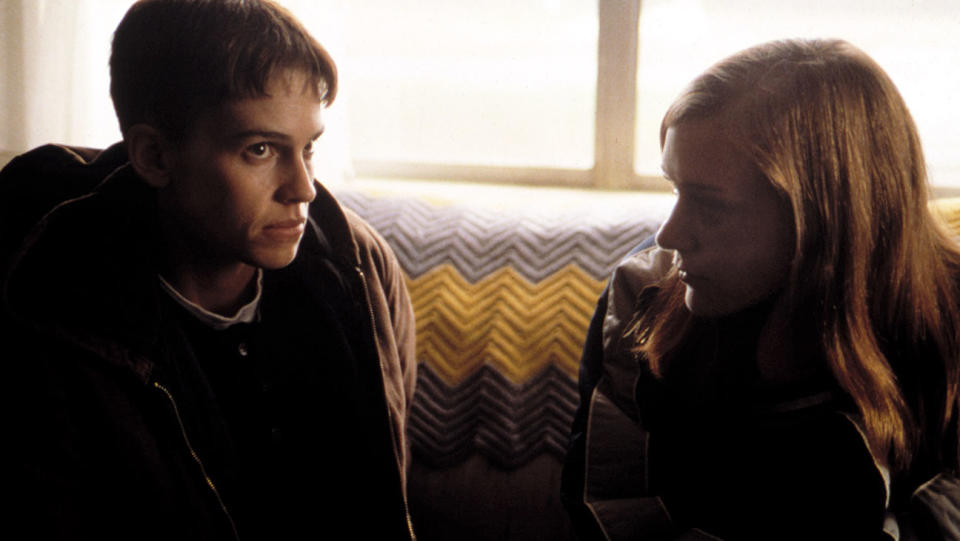
Though this Oscar-winner premiered at Toronto, it actually was developed through the Sundance Institute’s directors’ and screenwriters’ labs. It tells the real-life story of a trans man, Brandon Teena, looking for love in Nebraska before falling victim to a horrific hate crime. Hilary Swank won best actress for playing the lead role, while Chloë Sevigny was nominated in supporting for playing Teena’s girlfriend Lana.
Punks (2000)
Punks is a film from the turn of the century about a group of Black gay friends in Los Angeles. Produced by the musician Babyface and directed Patrik-Ian Polk, it remains a difficult title to watch and was never picked up by a distributor due to copyright issues surrounding the Sister Sledge songs featured prominently in the movie. Still, it remains a cult classic and inspired the 2005 Logo television series Noah’s Arc.
The Broken Hearts Club (2000)
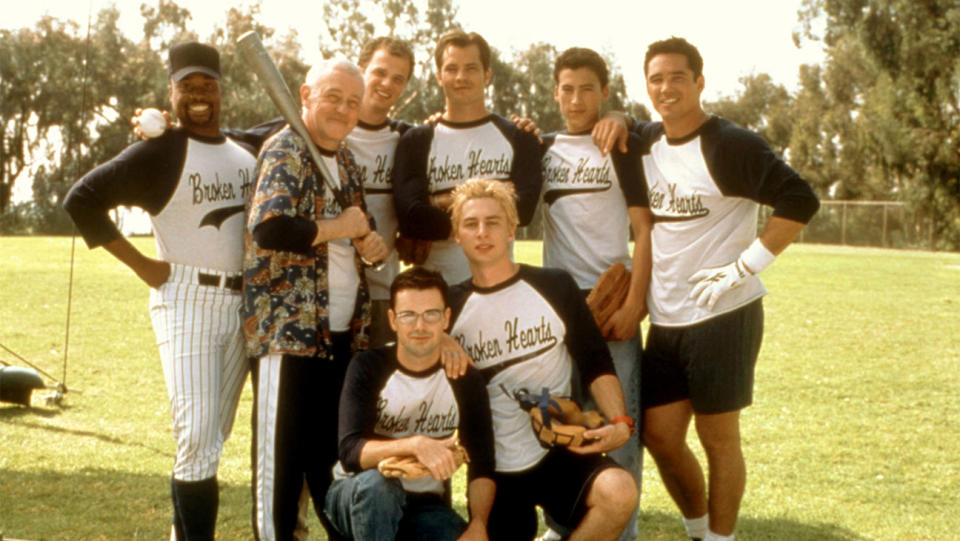
Berlanti wrote and directed this romantic dramedy about a group of gay friends living in West Hollywood. The cast includes John Mahoney, Timothy Olyphant, Dean Cain and Zach Braff. It was Berlanti’s feature debut, and launched an impressive career that would see him leading successful television projects like Dawson’s Creek, Riverdale and You.
Hedwig and the Angry Inch (2001)
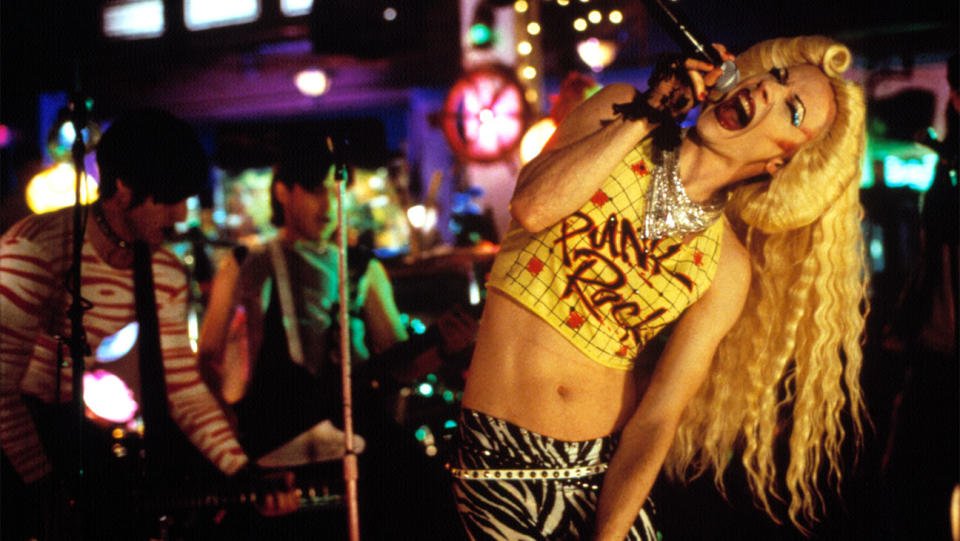
John Cameron Mitchell wrote, directed, and starred in this drama about an East German rock singer, based off of the stage musical he also penned with Stephen Trask. Referring to Hedwig and Alfonso Cuarón’s Y Tu Mamá También, Yutani says “Beyond LGBT audiences, and beyond the queer film festivals, both of those films are very meaningful to people who love independent cinema. John Cameron Mitchell and Cuarón have had long careers that were launched out of these two films.” Hedwig won both the Best Director and Audience awards when it debuted at Sundance in 2001. The script came out of the Institute after going through both the Screenwriting and Directing Labs.
Y Tu Mamá También (2002)
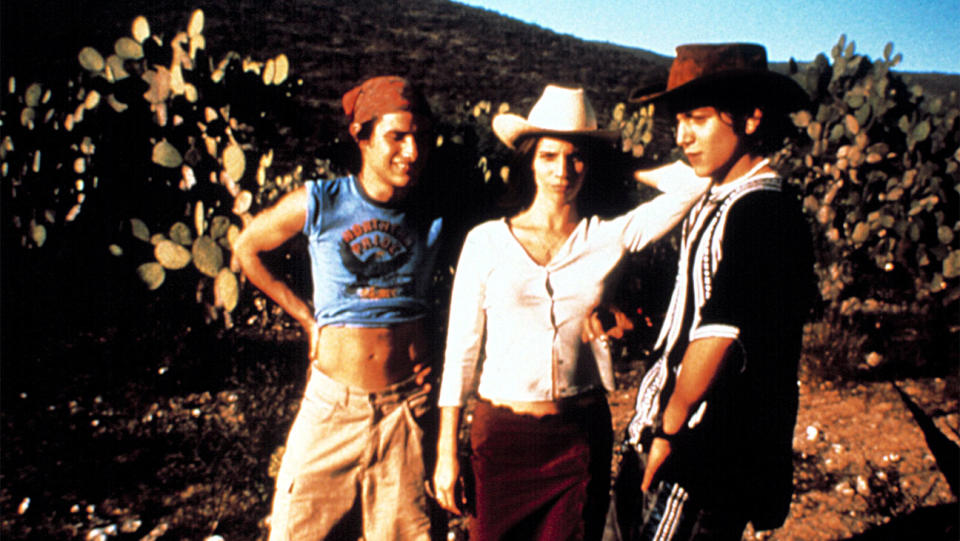
Two male teenage best friends embark on a road trip with an older woman who opens them up to their own sexuality in Cuarón’s Y Tu Mamá También, which he wrote with his brother Carlos. The film won best screenplay at the Venice International Film Festival and earned an Academy Award nomination for its original script. Cuarón went through the Sundance Screenwriting Lab with his film Strawberry Kiss, and has since worked with the Institute multiple times as an advisor and juror.
Tarnation (2004)
Using hundreds of hours of old home video footage, photographs, and answering machine messages, Tarnation broke ground in the documentary film space to tell the autobiographical story of director Jonathan Caouette and his relationship with his mentally ill mother Renee. “It’s one of the most affecting, personal documentaries I’ve seen,” says Yutani, “and I just remember feeling so overcome watching this film. It’s such a creative piece of work.”
Pariah (2011)
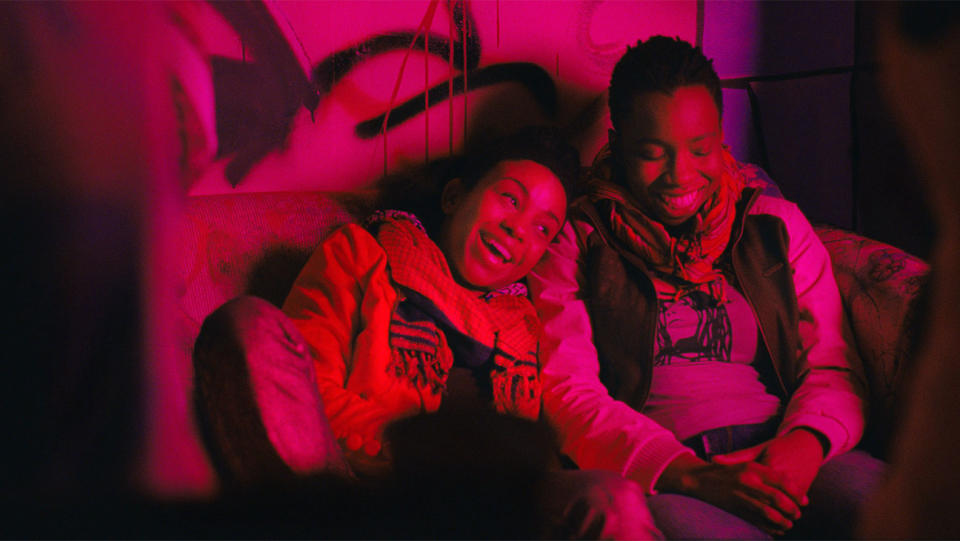
Dee Rees’ feature film debut, developed through the directors’ lab of the Sundance Institute, tells the story of a Brooklyn girl, Lee, coming to terms with her sexuality in the face of an unsupportive mother. At the 2011 Sundance it took home the award for excellence in cinematography. “I had programmed the short film of Pariah when I was at Outfest,” says Yutani. “I had met Dee Rees, and just knew that she was a special filmmaker. Then when she made the feature film, it was no surprise that it performed as well as it did, and really launched her career.” Rees has a storied relationship with the festival, having since served as a mentor, a creative advisor, a panelist, and a juror for the Institute.
How to Survive a Plague (2012)
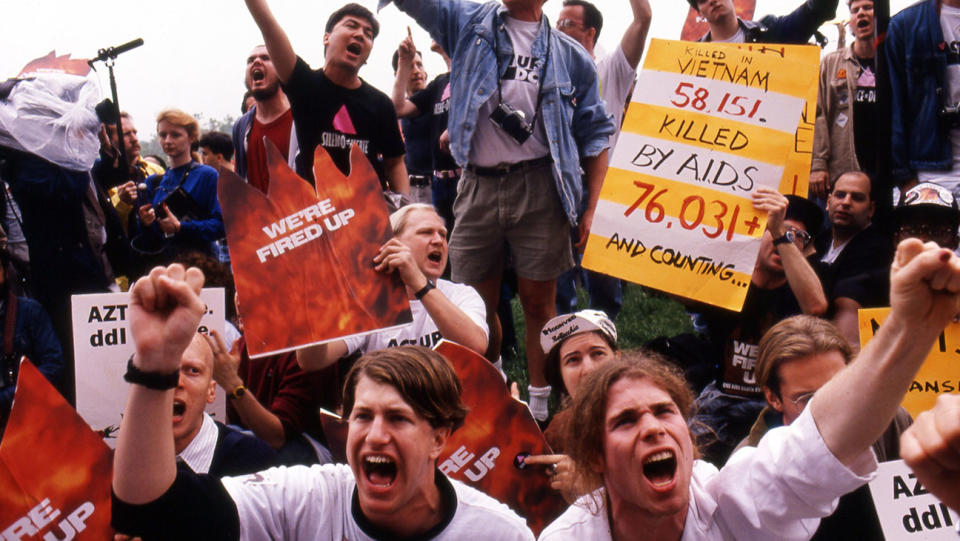
Journalist David France directed this documentary, with support from the Sundance Institute, about the early years of the AIDS crisis, specifically focusing on the work of the activist groups ACT UP and TAG. It went on to receive an Academy Award nomination for documentary feature. The film received a 2011 Sundance Documentary Film Grant.
Tangerine (2015)
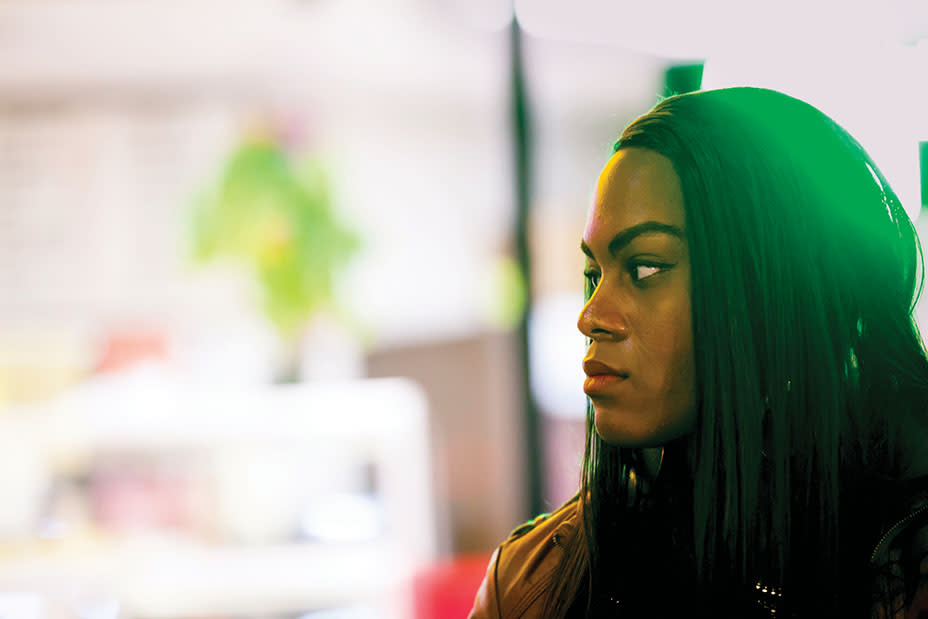
Mya Taylor’s as Alexandra in Tangerine (2015).
Baker’s film about two trans sex workers in Los Angeles premiered as part of Sundance’s NEXT section in 2015, which focuses on “pure, bold works distinguished by an innovative, forward-thinking approach to storytelling,” per their website. Adds Yutani: ”It’s one of the films that really put our NEXT section on the map, because of the innovation behind Tangerine — shooting it with iPhones, and the immediacy that Sean Baker creates in this film… there’s nothing like it. But I think what really affected me most is just the trans friendship story between these two sex workers, and the great characters.”
Call Me by Your Name (2017)
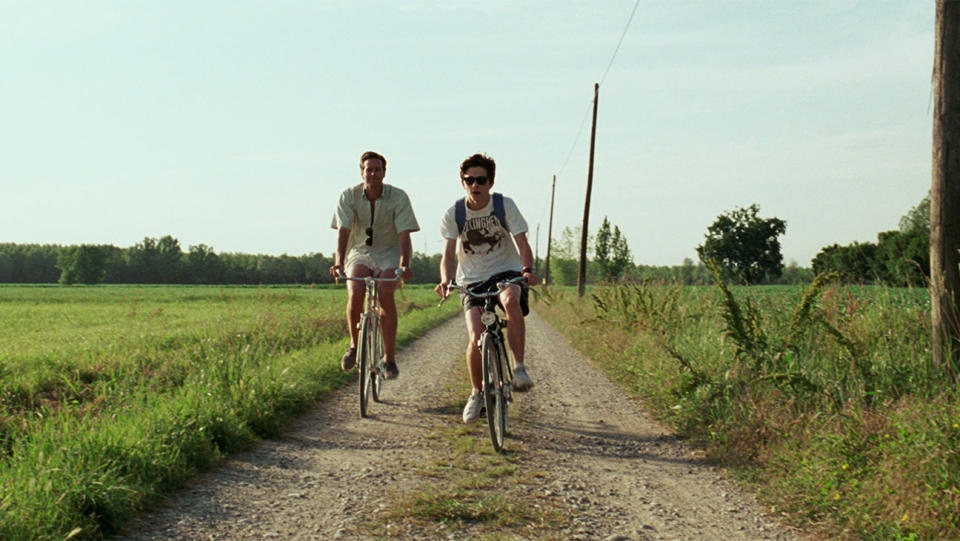
Luca Guadagnino’s adaptation of the novel by André Aciman was a sensation, and launched the career of certifiable movie star Timothée Chalamet, who was nominated for best actor at that year’s Academy Awards. Yutani, who recalls that Sundance had previously programmed Guadagnino’s I Am Love, says of this movie: “When we saw Call Me By Your Name, it was like in an immediate: ‘Of course we are showing this film.’ It’s really remarkable.” The script would go on to win James Ivory an Oscar for best adapted screenplay.
Disclosure: Trans Lives on Screen (2020)
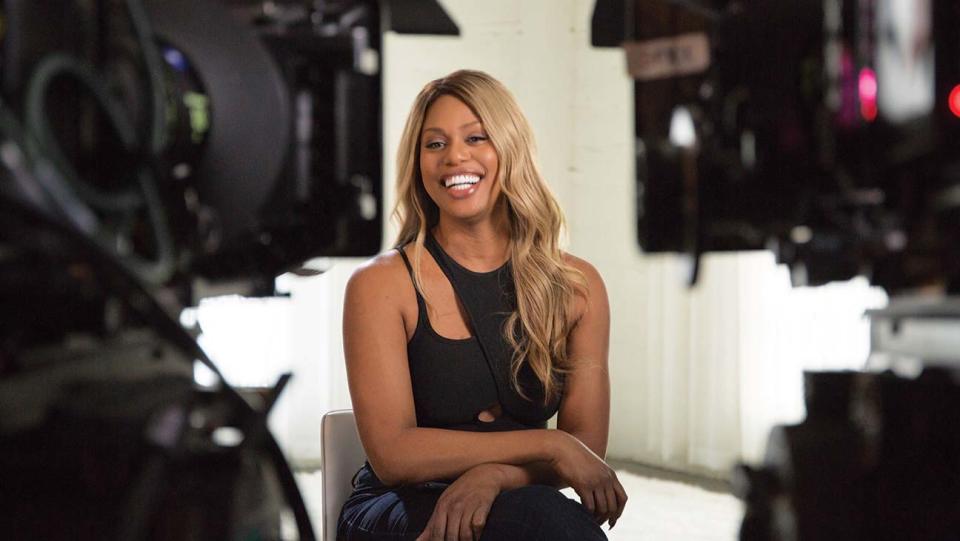
Disclosure is an examination of Hollywood’s depiction of transgender characters on screen, and the real-life implications of those portrayals. Yutani notes an interesting parallel with the aforementioned doc The Celluloid Closet, calling Disclosure as a “companion piece to that film. Disclosure is the trans closet.” Trans stars like Laverne Cox and Alexandra Billings lent their voices to the film which went on to win the GLAAD award for outstanding documentary.
Flee (2021)
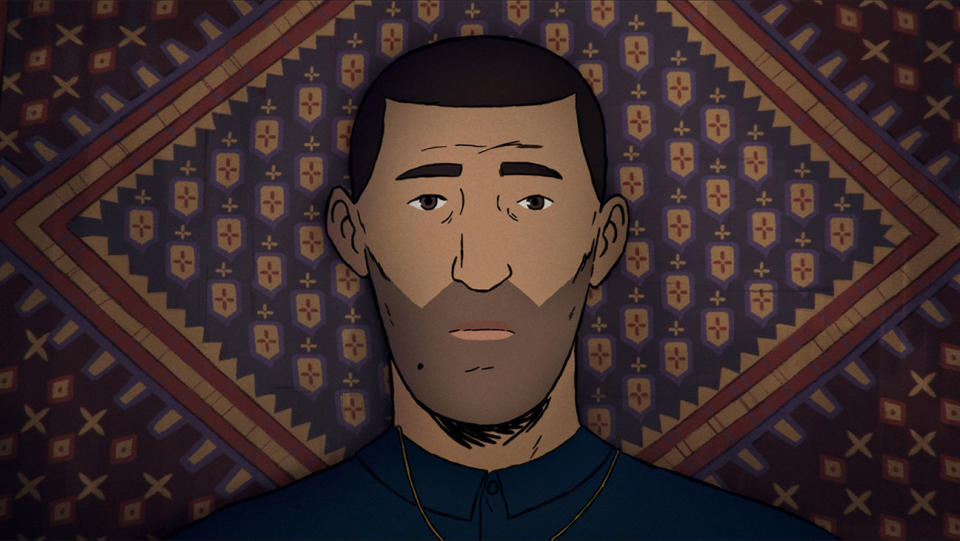
Flee is an unusual film in a number of ways, notably fitting into both the animation and documentary categories. It documents the real-life experience of a gay man fleeing his homeland of Afghanistan as a refugee to land in Denmark. It’s the first film ever nominated for international feature, documentary feature, and animated feature all in the same year. “That was during our pandemic festival,” Yutani recalls. “I just knew that that film was going reach audiences, because of the the way it tells this story through animation, and it’s really a film that we felt very passionately about showing because because of the strength of the storytelling [and] the filmmaking.”
Kokomo City (2023)
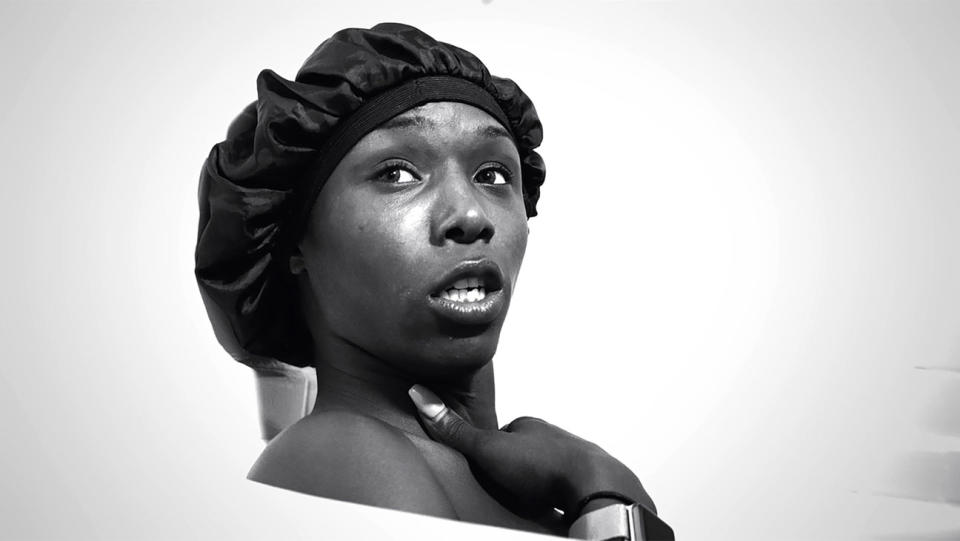
This documentary, shot in black and white, follows the lives of four Black trans sex workers living in New York and Georgia. “The thing that I noticed this year is that there were a lot of trans filmmakers,” says Yutani, who programmed Kokomo City for the most recent Sundance this past January. “I think that that makes such a difference in terms of the authenticity with which the stories are told. There’s a rawness to Kokomo City that I feel like only the filmmaker, D. Smith, could have gotten — these interviews that are so intimate and funny and irreverent. Kokomo City is a product of a filmmaker who deeply knows the subjects and the characters that she’s engaging with.” At this year’s fest, the film took home both the NEXT Innovator Award and the Audience Award.
Best of The Hollywood Reporter
Natalie Portman at Cannes: "I Need to Leave the Drama for the Screen"
Ailing ‘Superman’ Star Valerie Perrine Finally Finds Her Hero: "The Guy Should Be Sainted"

